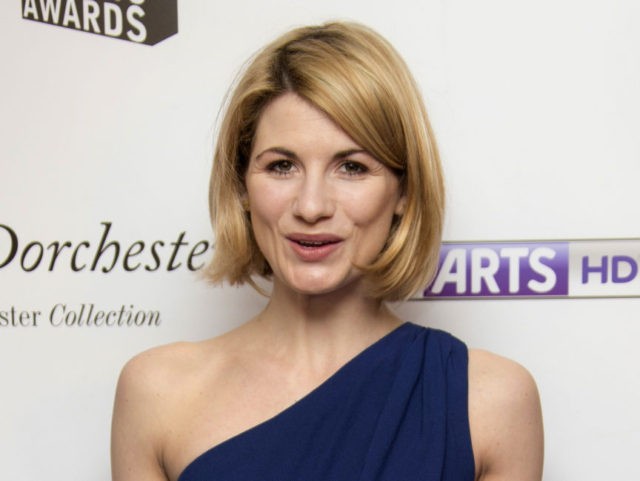Doctor Who soon transitions. As the Second Doctor might say, “Oh, my word!”
The Gallifreyan, who transcends the limitations of space and time, also apparently transcends the limitations of sex. Jodie Whittaker, the first female Doctor Who, replaces Peter Capaldi in the iconic role this Christmas. Ms. Whittaker starred as “Jessie” alongside Peter O’Toole and Vanessa Redgrave in Venus and later successfully moved to the small screen as “Beth Latimer” in Broadchurch. She becomes the first female to play the lead role in the series that started on the BBC more than a half-century ago.
The many Whovian quirks include the ability to regenerate. The character, counting its celluloid incarnation of Peter Cushing (of Commander Tarkin fame), enters its fourteenth separate persona, which, according to the rules of the Time Lords, comes as one life too many. Presumably an audience capable of suspending belief regarding biology’s rules against regeneration can also do so regarding Time Lord rules regarding 13 lives per each of their kind—and the part about Doctor Who becoming a woman.
Although regeneration never brought as massive a change as this, the process resulted in viewers essentially watching a different doctor and sometimes, seemingly, a different program.
“It’s not only his face that has changed,” companion Ben explains upon seeing the Second Doctor emerge from the cranky-old-man First Doctor. “He doesn’t even act like him.”
The Second Doctor, played by a serious actor, appeared as a comedic, easily-frazzled avuncular figure. The Third Doctor, played by a comedic actor, came across as a pompous, patronizing, so-serious Time Lord. Tom Baker’s oddball-jokester Fourth Doctor reminded viewers they watched an alien and not an Englishman. The understated Fifth Doctor struck viewers as more human than Galifreyan. The new series, rebooted in 2005, similarly sees different actors playing the same character as a different character.
Since Doctor Who rematerialized on television screens 12 years ago, the program has targeted Daleks and Cybermen and, well, the enemies of social justice. “The Zygon Invasion,” for instance, played as a vehicle to bash restrictions on unfettered immigration. Apart from The Master regenerating as a woman, the program featured a male bisexual character and a female homosexual companion.
The initial 26-year version of the show occasionally delved into political themes. “The Green Death,” airing amid a series of crippling seventies strikes, comes across at times as an advertisement for labor unions and environmentalism. “The Sunmakers” railed against the tax man. “The Two Doctors,” also penned by the show’s Shakespeare, Robert Holmes, propagandized for vegetarianism, albeit in a soft-touched manner. But in its second life, Doctor Who strikes as a preachier program.
Perhaps a more powerful force than political correctness reassigned a new sex to the TARDIS-traveling Time Lord. The show’s ratings declined from David Tennant to Matt Smith, and then from Matt Smith to Peter Capaldi. The Time Lord’s new life, producers hope, breathes new life into the struggling series.

COMMENTS
Please let us know if you're having issues with commenting.